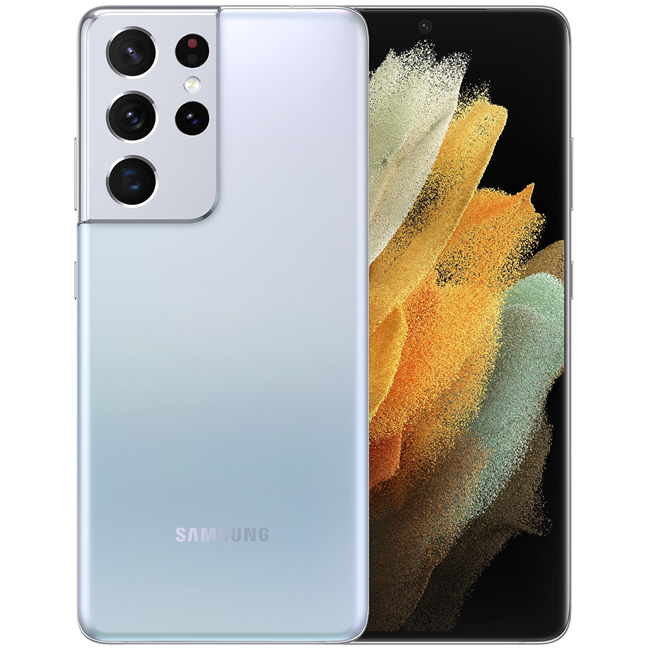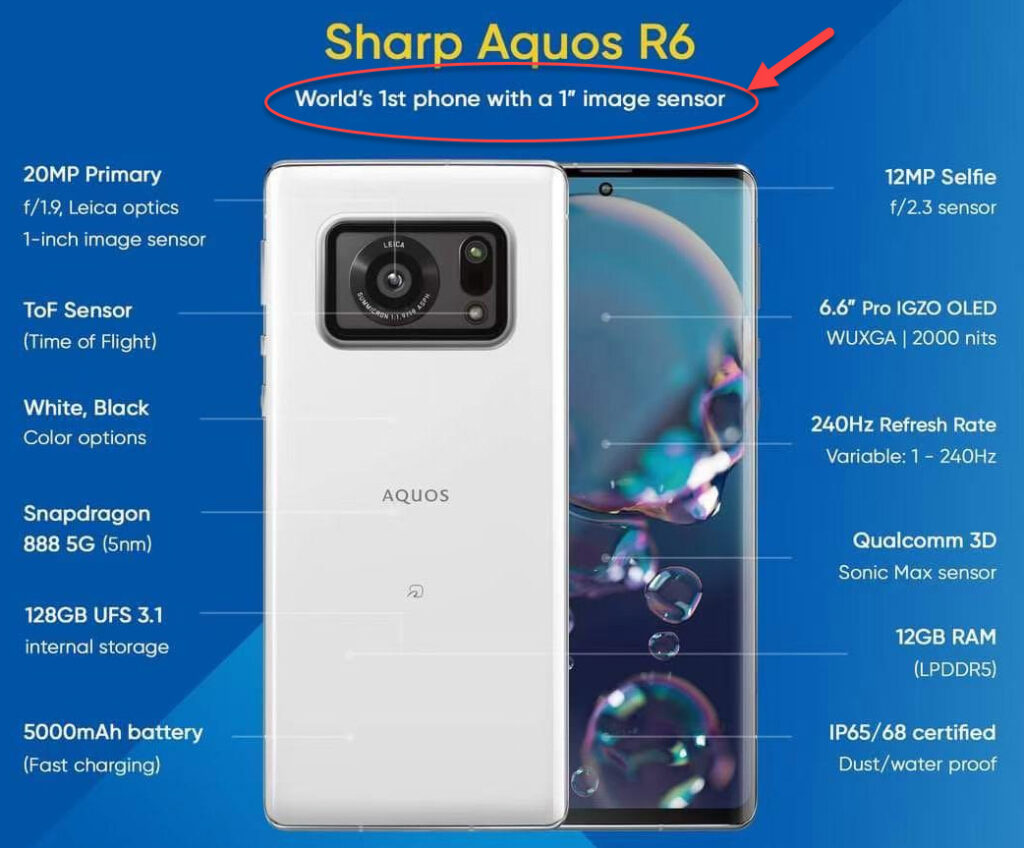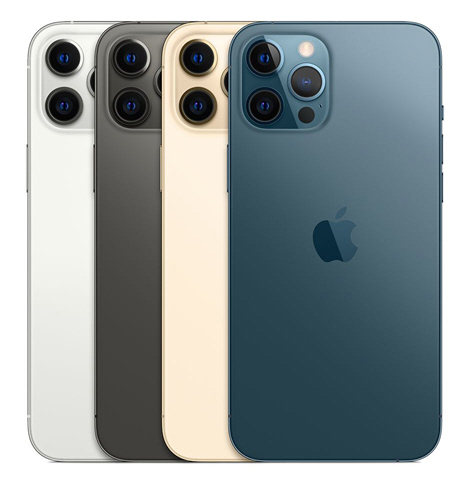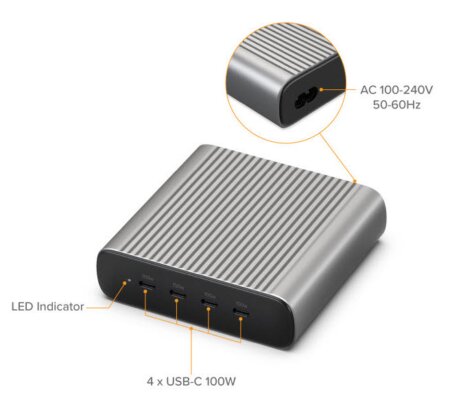In this review, we research smartphones that have the larger camera sensor. As we know, the camera sensor size matters more than the “Megapixels (MP)” as it allows the camera to capture more light, and hence produce better image quality.
This is the reason why a 24 MP DSLR camera with a much larger sensor (say APS-C), can produce better photos than a 108MP smartphone camera with a small sensor of 1/1.33″.
Will smartphones get camera sensor as big as those found in DSLR or mirror-less camera like the Sony A7 R4 with a 35mm sensor? This is very unlikely, however, some of the latest phone are showing the trends with increase in sensor size. Otherwise, why would anyone upgrade his phone if it is not better than the older model?
The battle of the largest “phone camera” sensor is just heating up in recent years. The following are some of the latest phones with larger camera sensor.
Samsung Galaxy S21 Ultra

- Rear Camera
- 108MP (f/1.8) wide; Pixel size: 0.8μm (12MP 2.4μm); FOV: 83˚; 1/1.33″ image sensor size
- 12MP (f/2.2) ultrawide; Super Speed Dual Pixel AF; Pixel size: 1.4μm; FOV: 120˚
- 10MP (f/2.4) telephoto with 3x zoom; Pixel size: 1.22μm; FOV: 35˚
- 10MP (f/4.9) telephoto with 10x zoom; Dual Pixel AF; Pixel size: 1.22μm; FOV: 10˚
- Front Camera
- 40MP (f/2.2)
- Pixel size: 0.7μm (10MP 1.4μm)
- FOV: 80˚
The 1/1.33″ camera sensor appears to be the Samsung ISOCELL Bright HMX which was developed in close collaboration with Xiaomi. According to dpreview, 1/1.33″ format is around 9.6 x 7.2mm (12mm diagonal, 69mm2) and about 3 times larger than the 1/2.5″ sensor on other mobile phones. It is around 40% smaller than a 1″ sensor found on compact digital camera such as the Sony RX100 III.
Xiaomi Mi 11 Ultra

- Rear Camera
- 50MP (f/1.95) wide; 1.4μm pixel size; 1 /1.12” sensor size
- 48MP (f/2.2) ultrawide; 128° FOV; 0.8μm pixel size; 1/2.0” sensor size
- 48MP (f/2.2) telephoto; 0.8μm pixel size; 1/2.0” sensor size; f/120x digital zoom, 10x hybrid zoom, 5x optical zoom
- Front Camera
- 20MP
The 1/1.12″ camera sensor is Isocell GN2, based on ratio of 8160 x 6144 pixels, the sensor size is 11.4 x 8.6mm (14.28mm diagonal, 98mm2). This 50MP sensor is about about 40% larger than Samsung’s 108MP sensor.
Sharp Aquos R6

If you think that the Samsung S21 Ultra’s camera sensor is large, Sharp is launching a the Aquos R6 with a 1″ sensor co-developed with Leica. This sensor is same size as that of the Sony RX100 III camera.
There is not much details of the camera in the Aquos R6 specs page a this time. However, we found this information via translation:
Leica’s masterpiece lens “Zmicron”. The lens was reproduced exclusively for AQUOS R6. Compared to conventional lenses, the seven lenses have a distortion of 1/10, allowing precise depiction. RAW shooting is possible. You can edit and develop photo images with overwhelming amounts of information.
At this time of writing, the Sharp Aquos R6 is already launched in Japan, while the rest of the world should be following soon.
The 1″ sensor has a size of 13.2 x 8.8mm (15.8mm diagonal, 116mm2), which is 18% bigger than Xiaomi’s, and 68% bigger than S21 Ultra’s sensor.
Leitz Phone 1

Leica is also coming up with their own smartphone this year, using the same camera system as the Aquos R6 with 1″ sensor. As this is a new smartphone, you can check out a detailed review of the Leitz Phone here.
IPhone Pro Max 12

- Rear Camera
- 12MP (f/1.6) wide
- 12MP (f/2.4) ultrawide; FOV: 120˚
- 12MP (f/2.2) telephoto with 5x optical zoom range
- Front Camera
- 12MP (f/2.2)
- Rear Camera
Based on the forum posting at dpreview, the camera sensor size is should be 6.8 x 5.1mm (8.5mm diagonal, 35mm2). This is only half the size of the Samsung S21 Ultra, and only slightly larger than the regular 1/2.5″ or 5.76 x 4.29mm (7mm diagonal, 25mm2) sensors.
We hope to see better sensors in the next version. Otherwise, the size of the IPhone camera sensor is like comparing a compact digital camera to a high-end 35mm or APS-C DSLR camera. They are in completely different league.
Conclusion
Ofcourse, there are many other factors to consider when deciding which smartphone to purchase. Nevertheless, the camera sensor size is one of the important factors to consider when deciding on the camera quality, rather than just the Megapixels (MP) or F-Stop (e.g. f/2.2) commonly listed in the design specs.
We are beginning to see phone-based cameras with 1-inch sensors previously found in compact digital camera only. The next milestone could probably be the Micro-Four-Thirds if its is even possible. The larger APS-C, and 35mm full frame sensors would be unlikely due to the size.






